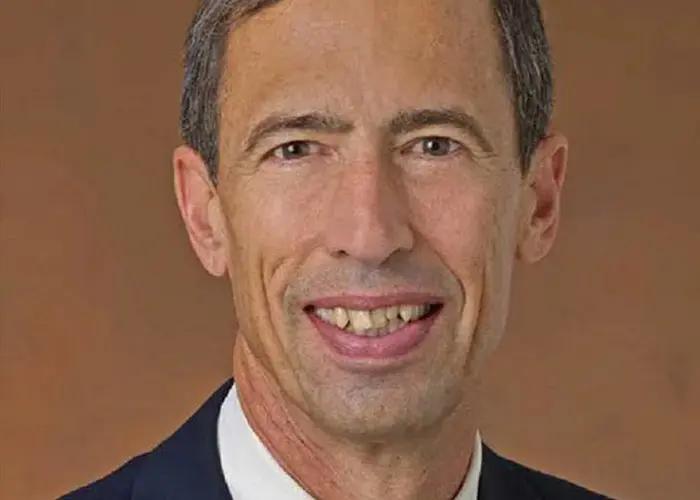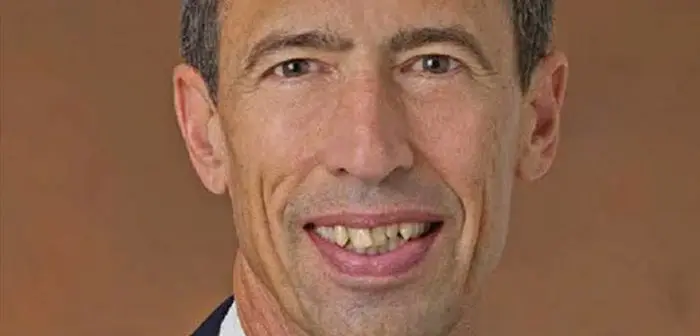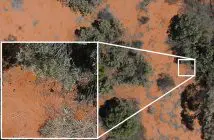
Monash University’s retired USAF Lieutenant General Larry James delivered a keynote at this week’s Australian Space Cyber Forum on the urgent and evolving cyber threats facing space systems.
With decades of experience leading military operations and serving as deputy director at NASA’s Jet Propulsion Laboratory, James shared insights into how to build resilient, secure space missions in an era of increasing cyber risks. He also joined a high-profile panel discussing how cybersecurity is reshaping the future of space system design and protection.
Cyber protection used to focus on internal IT systems – firewalls, monitoring tools, and a fixed approval process. But today’s space systems are more connected, more complex and face a wider range of threats.
“We now need to embed cyber thinking from day one – at the architecture, design and supply chain level,” James said. “The US government’s standards agency, NIST, has recognised this with updated guidance on secure systems engineering.”
“At NASA’s Jet Propulsion Laboratory, we developed a years-long program to train engineers to bake in cyber protection from the very start of system architecture and design,” he said.
“Jet Propulsion Laboratory has patented techniques that capture, analyse, and visualise cyber environments to respond dynamically to threats – techniques already deployed on real space missions.
“Protecting Australia’s critical space infrastructure requires sophisticated cyber engineering combined with AI-driven, model-based defences to ensure secure and uninterrupted operations.”





